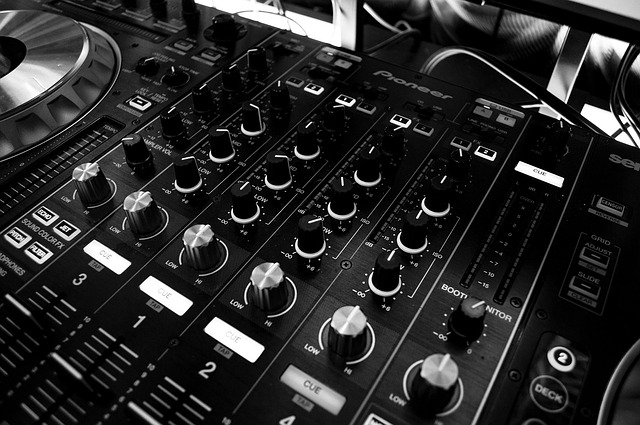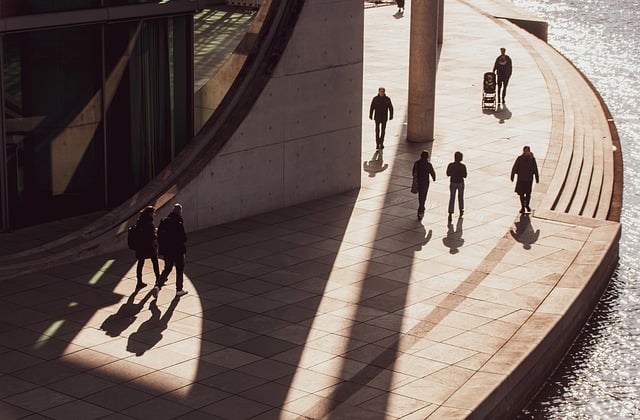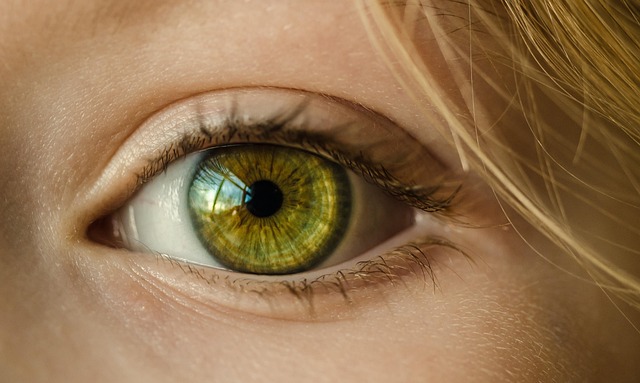Color is the heartbeat of any painting, a dynamic element that can transform the mundane into something magical. As designers and artists, we often find ourselves in a world where color mixing is not just a skill, but an essential part of our identity and expression. The beauty of color mixing lies in its ability to evoke emotions, set moods, and tell stories without the need for words.
To truly master the art of color mixing, one must first understand the color wheel—a powerful tool for any artist. Primary colors—red, blue, and yellow—serve as the foundation for everything. By blending these hues, you can create secondary colors like green, purple, and orange. But the journey doesn’t stop here. Tertiary colors emerge when you combine a primary color with a secondary one, adding depth and excitement to your palette.
One of the magical aspects of color mixing is learning how to manipulate shades, tints, and tones. A shade is created by adding black to a color, while a tint emerges when white is mixed in. Tones, on the other hand, are achieved by adding gray. This simple practice transforms a flat color into something with life and dimension, breathing vibrancy into your designs.
As you explore the world of color, consider the psychological effects that different hues can have on your audience. Red, often associated with passion and intensity, can evoke strong feelings, making it a great choice for focal points. In contrast, soft blues and greens are calming and serene, perfect for backgrounds or themes related to tranquility.
Moreover, play with color mixing in practical applications. As you create a piece, lay down a base layer and build upon it by layering transparent washes. This method, often referred to as glazing, not only enriches the colors but invites a sense of depth. Embrace experimentation; sometimes the most stunning outcomes arise from unexpected color combinations.
It’s essential to keep in mind the lighting conditions under which your painting will be viewed. Natural light can dramatically alter the appearance of your colors, shifting their intensity and warmth. Working in varying light conditions can lead to delightful surprises in your color mixing practice, creating unique finishes that evolve throughout the day.
Collaboration with fellow artists can also enhance your understanding of colors. Share your palettes, exchange techniques, and embrace diverse styles. The process of color mixing is not only about finding the right mix but also about forging connections and learning through observation and practice.
As you continue to embark on your color mixing journey, remember to trust your instincts. Every artist champions a unique perspective, and the way colors speak to you will inherently draw others to your work. Embrace your favorites, mix them boldly, and don’t shy away from imperfection. Each brushstroke tells a story, and every color contributes to that narrative.
With practice, your understanding of color mixing will deepen, allowing you to create pieces that resonate deeply with your audience. Design is a language of its own, and the colors you select and mix become a powerful medium for your creativity. Let the colors spill from your palette and paint the world in hues that spark joy, evoke thought, and inspire connection.



